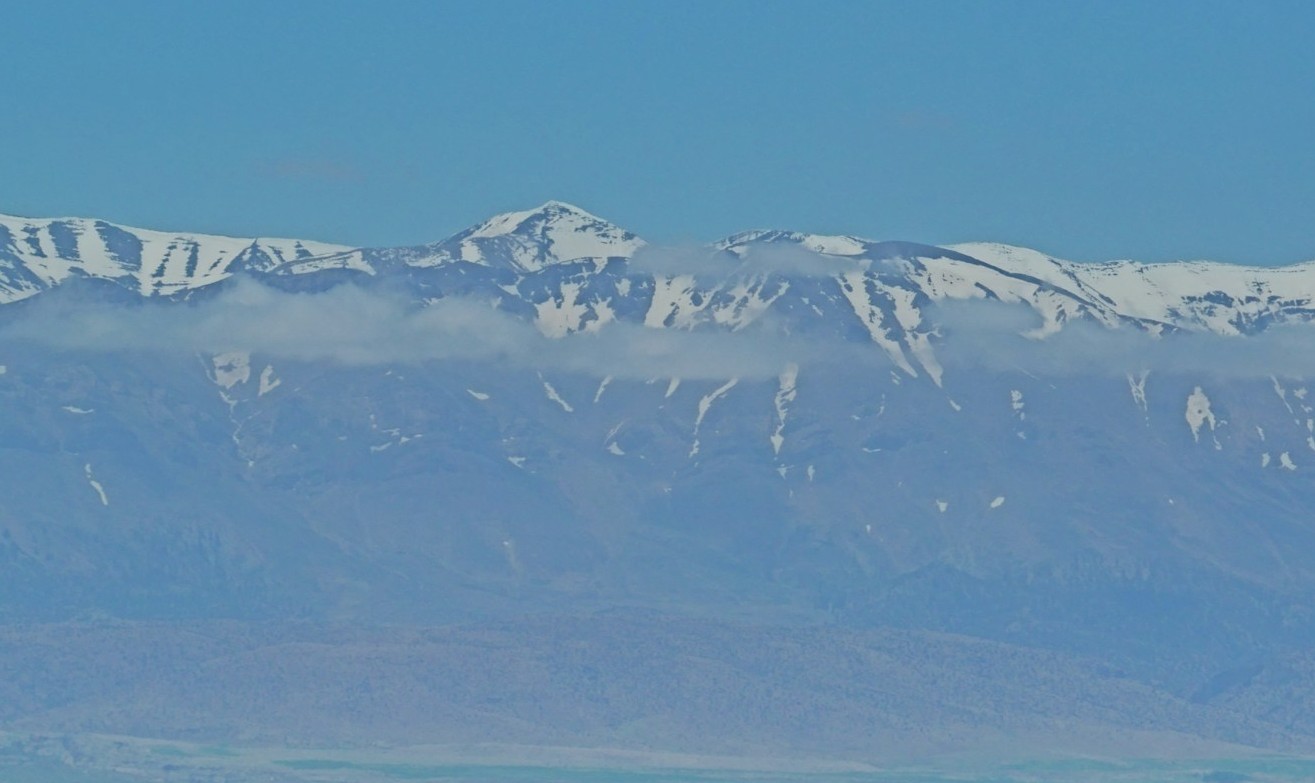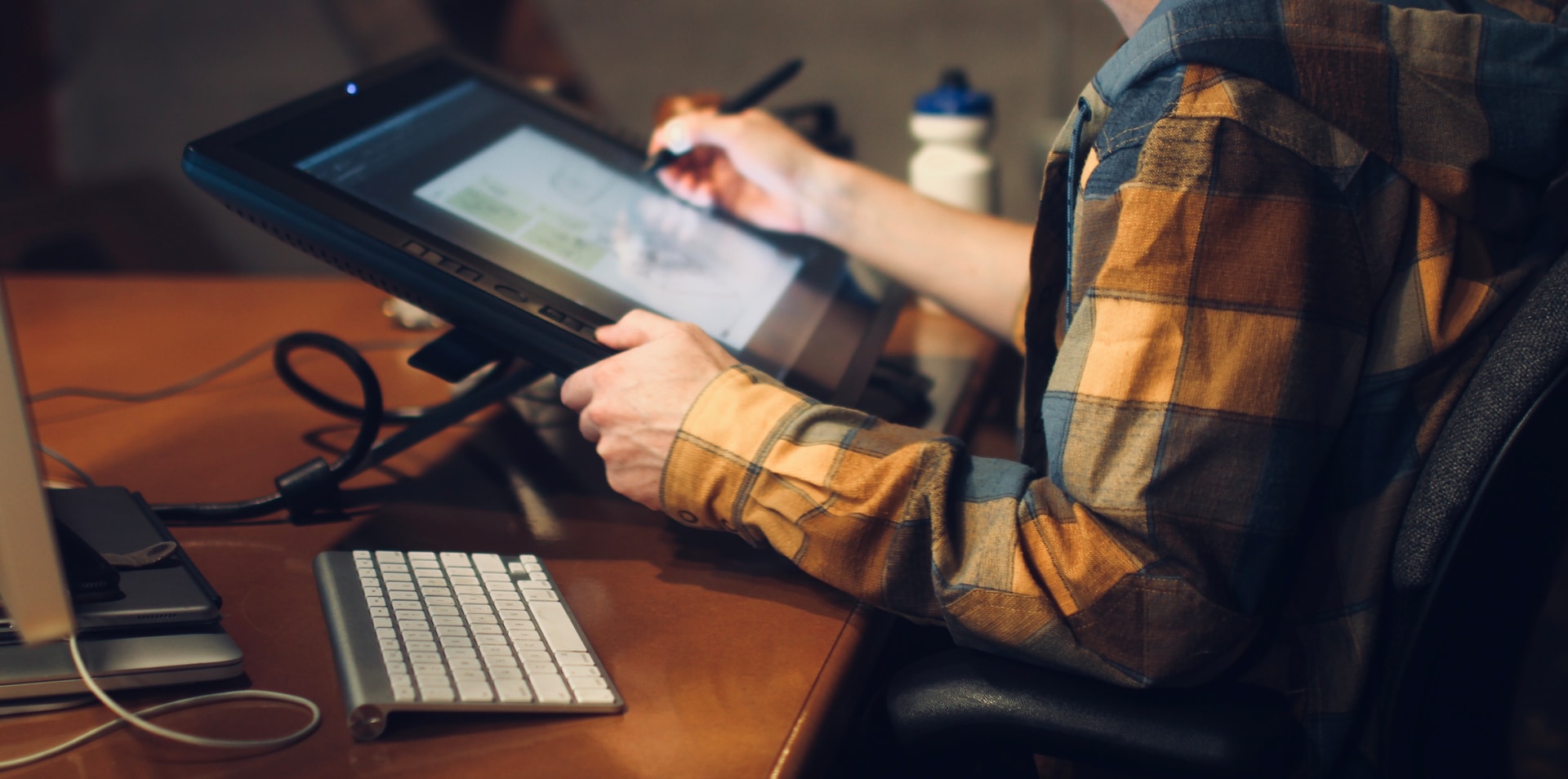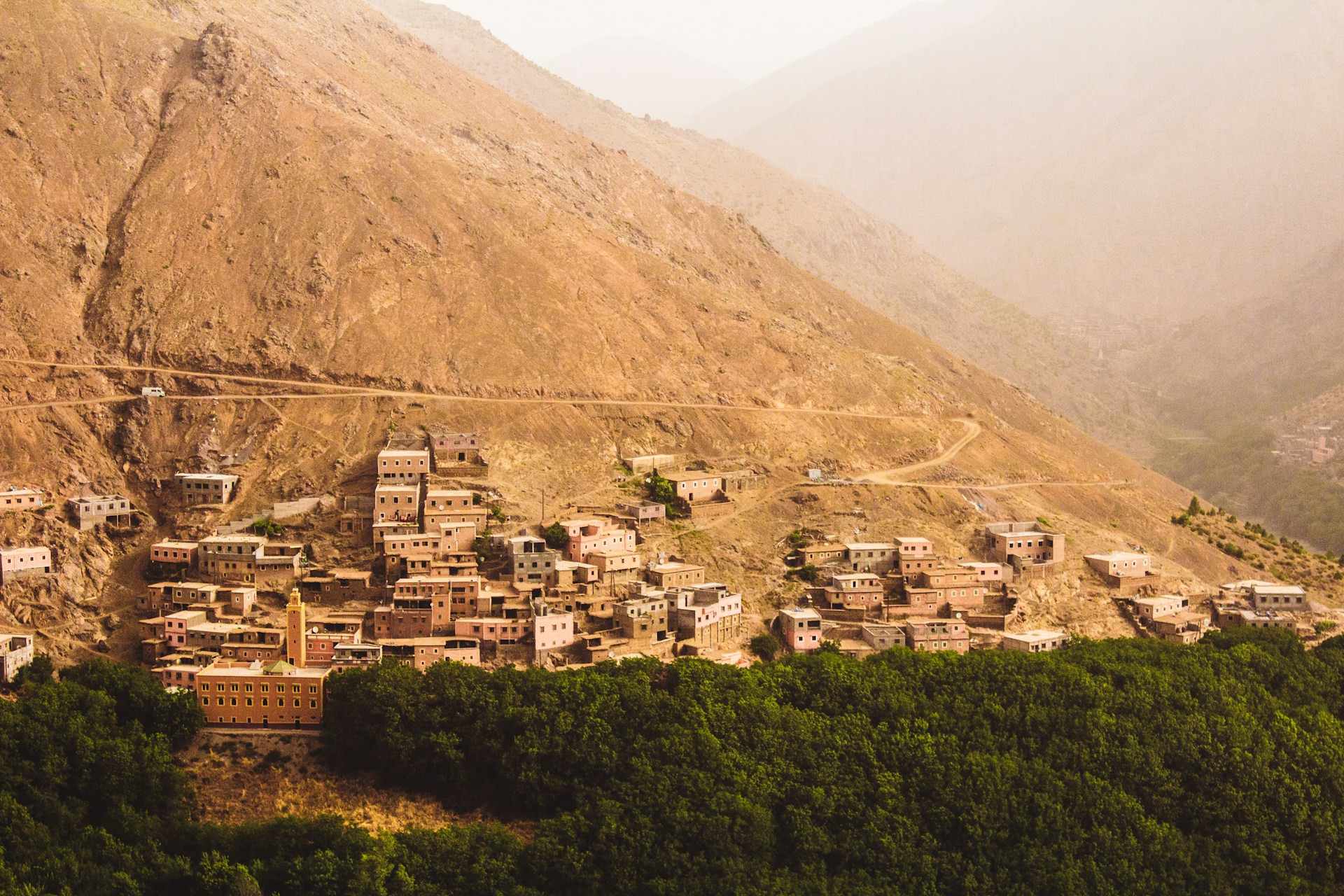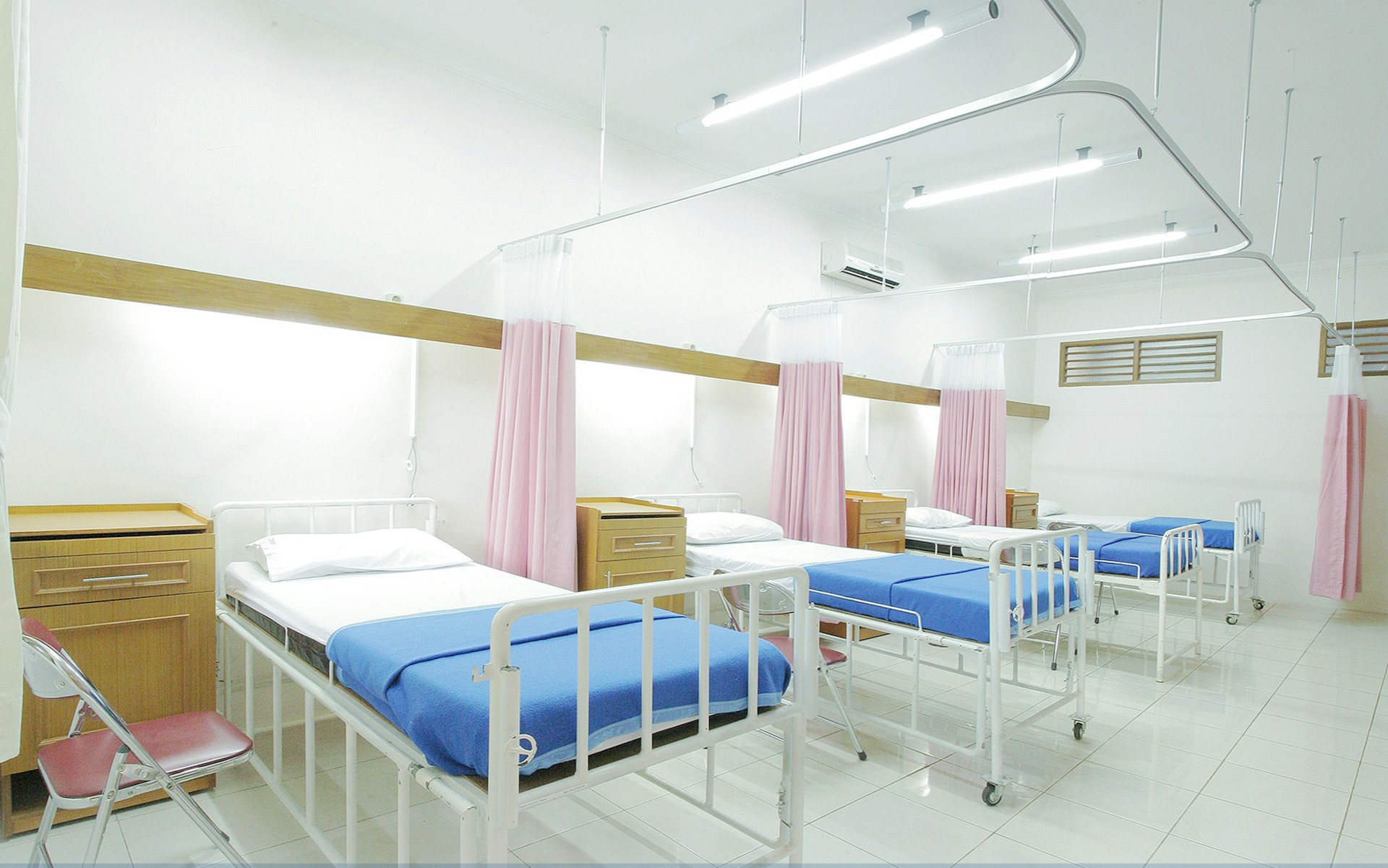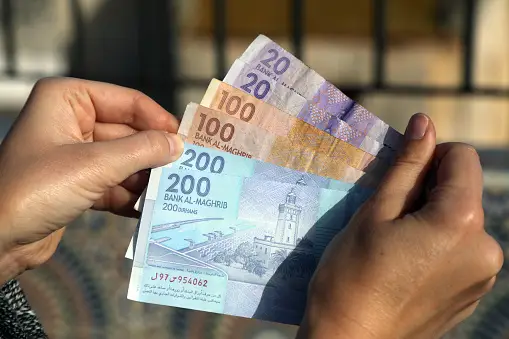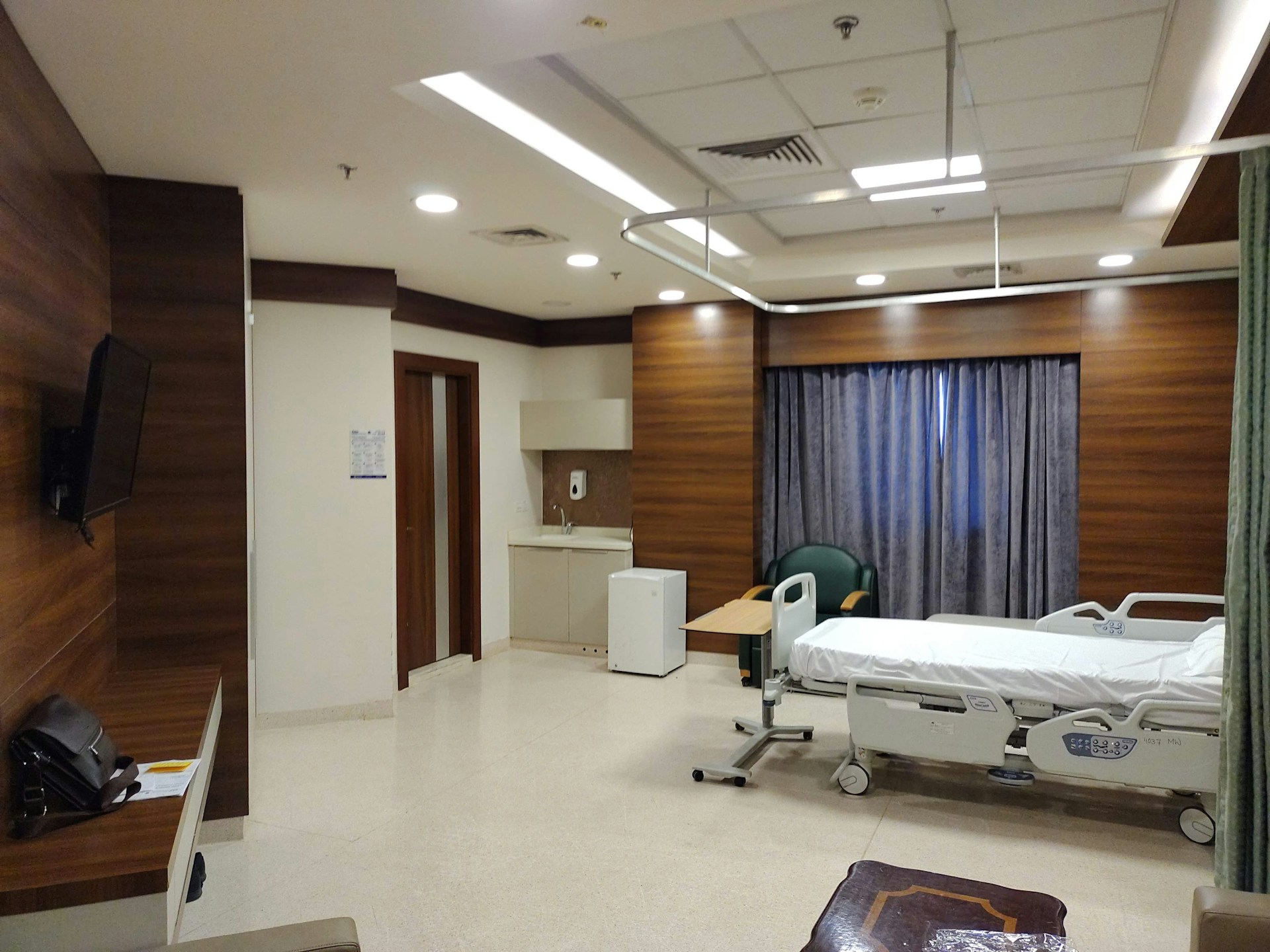Casablanca – Recent studies conducted by both the “Policy Center for the New South” in Morocco and other research entities have shed light on the economic repercussions of the devastating earthquake that struck the Al Haouz region in September of the preceding year. According to these studies, the earthquake inflicted significant economic losses, with estimates ranging around 3 billion dirhams (approximately $309 million).
The “Policy Center for the New South” study, titled “Assessment of the Economic Impacts of the Al Haouz Earthquake: Damage and Reconstruction Strategy,” underscores the severity of the disaster. Conducted by a team of six Moroccan and foreign experts, it highlights that the earthquake caused an economic downturn of approximately 0.24% of the GDP in 2023. Specifically, economic activity in the Marrakech-Safi area experienced a decline of 1.3% following the earthquake, while the Al Haouz province contributed about 10.2% to the regional GDP loss.
This seismic event, labeled as the most violent in Morocco for over a century, resulted in a tragic loss of human lives, with casualties totaling 3,000 deaths and over 4,000 injuries. Moreover, the destruction extended to about 60,000 homes, exacerbating the impact on communities and infrastructure.
Both the “Policy Center for the New South” study and other independent analyses underline the resilient nature of the Moroccan economy despite the adversity. While the economic losses are deemed moderate at the macroeconomic level, the human toll remains substantial, emphasizing the need for effective recovery efforts.
The distribution of economic losses across affected regions is outlined in the studies. The Al Haouz province incurred the highest proportion of losses, accounting for approximately 53% of the total economic loss, amounting to 1.2 billion dirhams (approximately $123 million). Following closely, the Taroudant province suffered an estimated loss of 739 million dirhams (approximately $76 million). Meanwhile, the combined losses of the Chichaoua, Marrakech, Ouarzazate, and Azilal provinces totaled about 305 million dirhams (approximately $31 million).
In response to the catastrophe, the Moroccan government allocated substantial funds towards a comprehensive reconstruction and rehabilitation program for the affected areas. With an earmarked budget of 120 billion dirhams, equivalent to $12.4 billion, representing 8% of the GDP, this initiative aims to provide emergency assistance to affected families, support rebuilding efforts, reconstruct infrastructure, and foster economic development in the High Atlas regions.
Projections from the studies anticipate a marginal positive impact on national growth attributed to the reconstruction program. It is estimated to average a 0.03 percentage point increase during the period 2024-2028. However, the affected regions are expected to witness significant growth irrespective of the financing mechanism, which may prioritize reallocating government investment over increased indebtedness.
As policymakers navigate the challenges of resource allocation, striking a balance between efficiency and equity is paramount. Given Morocco’s policy objectives aimed at reducing regional disparities, equitable distribution of resources is likely to take precedence in aiding affected communities to rebuild and recover from the aftermath of the earthquake.
